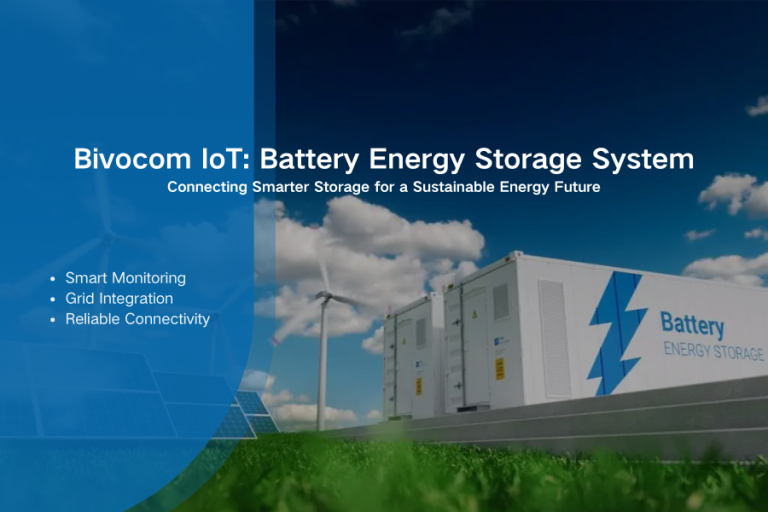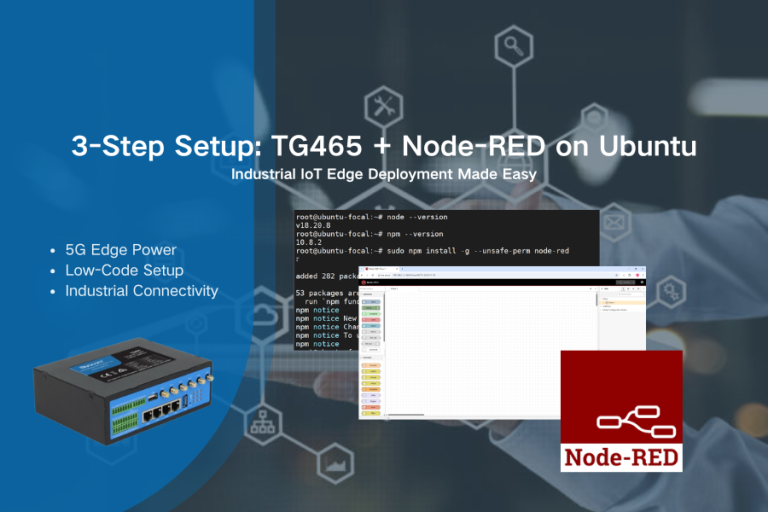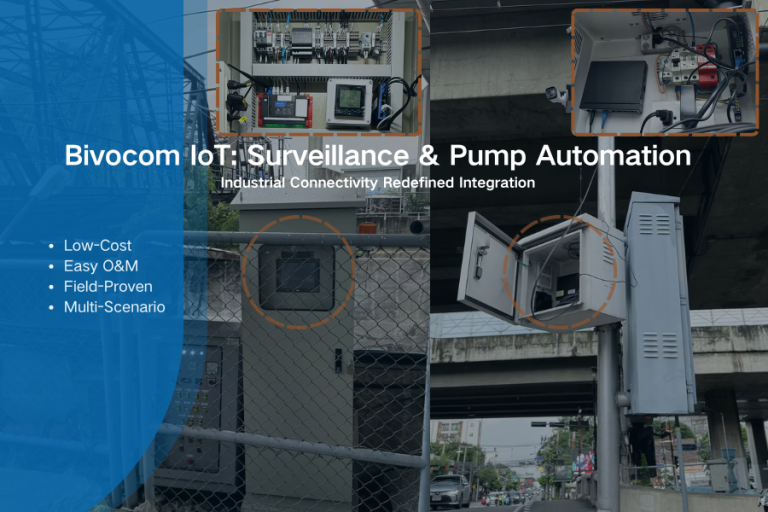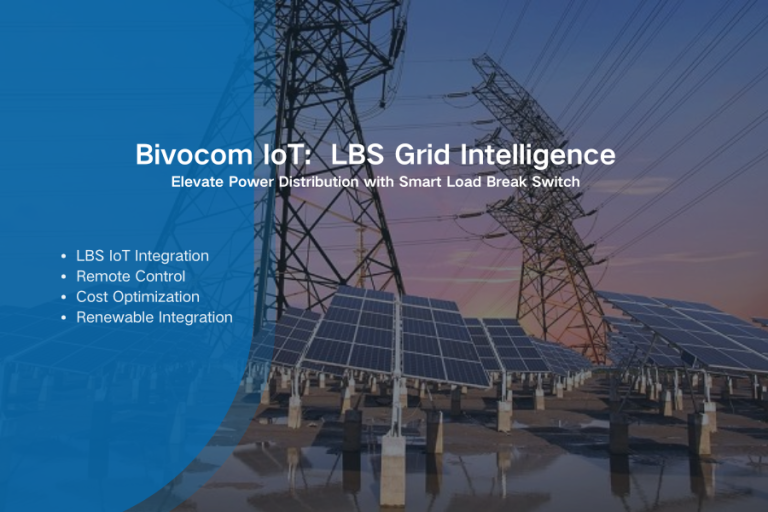What is BMS, and what key systems BMS consists of? And How IoT empowers the BMS? This article may help you to know more about BMS and its relationship with IoT.
-
What is Building Management Systems(BMS)?
Building Management Systems (BMS), also known as Building Automation Systems (BAS), are computer-based control systems that manage and monitor a building’s mechanical and electrical equipment, such as heating, ventilation, air conditioning, lighting, power, and security systems.
A BMS typically consists of software, sensors, controllers, network communication protocols, and user interfaces. These components work together to automate the operation of a building’s various systems and optimize their performance for energy efficiency, occupant comfort, and safety.
The primary function of a BMS is to provide centralized control and monitoring of a building’s systems. And it allows facility managers to easily adjust settings, track performance, and diagnose issues from a single interface. By optimizing building operations, BMS can reduce energy consumption, lower operating costs, and extend the lifespan of equipment.

2. Main Systems of BMS
2.1 HVAC
HVAC stands for Heating, Ventilation, and Air Conditioning. It refers to the technology used to control the indoor environment of buildings, such as homes or offices. Heating systems are used to provide warmth during cold weather, while air conditioning systems are used to cool the indoor environment when it becomes too hot. Ventilation systems are used to provide fresh air and remove stale air from indoor spaces. HVAC systems can also include humidification and dehumidification systems, which control the amount of moisture in the air.

2.2 Energy Management Systems(EMS)
Energy Management Systems (EMS) are an essential component of building management systems. An EMS is a computer-based system that is designed to monitor, control, and optimize energy usage within a building. It helps building managers to understand how their building uses energy, identify areas where energy is being wasted, and take steps to reduce energy consumption and save money.
An EMS typically consists of hardware and software components that work together to provide real-time data on energy use in the building. The system may include sensors that measure temperature, humidity, lighting levels, and other factors that affect energy consumption. The software component of the EMS processes this data and provides building managers with actionable insights into how to optimize energy use.
One of the key benefits of an EMS is that it can help building managers to identify and address energy inefficiencies before they become major problems. For example, if an EMS detects that a certain area of a building is using more energy than it should be, the system can alert building managers so that they can investigate the issue and take steps to address it.
Overall, an EMS is an important tool for building managers who want to reduce energy consumption, lower costs, and promote sustainability. By providing real-time data and actionable insights, an EMS can help building managers to optimize energy usage and improve the overall efficiency of their building.
2.3 Smart Lighting
Smart lighting is a key feature of modern building management systems (BMS) that can help reduce energy consumption and improve occupant comfort. With smart lighting, BMS can automatically adjust the lighting levels based on factors such as occupancy, daylight levels, and time of day. This can lead to significant energy savings by reducing the amount of electricity consumed by lighting.
Additionally, smart lighting can also enhance the occupants’ experience by providing personalized lighting settings that fit their preferences. For example, employees can have control over the brightness and color temperature of their workspace lighting, which can positively affect their mood, productivity, and overall well-being.
Moreover, smart lighting can be integrated with other building systems like HVAC and security to create a complete smart building environment. By using sensors and data analytics, BMS can optimize the use of resources and reduce costs while maintaining optimal comfort for the occupants.
Overall, incorporating smart lighting in building management systems can bring numerous benefits to both building owners and occupants.
2.4 Security System
Security systems are an important component of building management systems. A security system is designed to protect a building and its occupants from various threats, including theft, vandalism, and unauthorized access.
Modern security systems typically consist of hardware and software components that work together to provide comprehensive protection for the building. The hardware component may include cameras, motion detectors, and other sensors that detect and record activity in and around the building. The software component of the security system processes this data and provides alerts and notifications to building managers and security personnel.
One of the key benefits of a security system is that it can help to deter potential threats and prevent incidents before they occur. For example, if a security camera detects a person attempting to gain unauthorized access to a building, the system can sound an alarm and alert security personnel so that they can respond quickly.
Another benefit of a security system is that it can provide valuable evidence in the event of an incident. Security cameras and other sensors can capture video footage and other data that can be used to identify perpetrators and provide evidence for legal proceedings.
Overall, a security system is an essential component of building management systems. By providing comprehensive protection against various threats, a security system can help to ensure the safety and security of a building and its occupants.
2.5 Fire & Alarm Detection System
Fire and alarm detection are critical components of building management systems (BMS) that ensure the safety and protection of occupants in the event of a fire or other emergency. BMS typically integrate fire alarm systems with other building management systems to provide an integrated approach to fire safety.
Fire alarm systems usually consist of fire detectors, smoke detectors, heat detectors, and other sensors that detect the presence of smoke, heat, and flames. These sensors are connected to a central control panel that monitors the status of each detector and activates the alarms if necessary. The control panel may also activate air handling systems to prevent the spread of smoke and fire by closing dampers and activating exhaust fans.
In addition to detecting fires, modern fire alarm systems can also provide real-time information about the location and severity of the fire to building occupants and first responders. This is done through visual and audible alarms, as well as automated alert systems that communicate with building occupants via text messages, email, or phone calls.
To ensure the reliability and effectiveness of fire alarm systems, regular testing and maintenance are crucial. Building managers should schedule routine inspections and tests of all fire detection and alarm systems to ensure they are functioning properly and meet local safety codes and regulations.
2.6 Elevator Control System
An elevator control system is an integral part of a building management system (BMS) that manages the operation and safety of elevators in a building. The elevator control system typically consists of a controller, sensors, and other electronic components that communicate with each other to ensure safe and efficient operation of elevators.
The controller is responsible for managing the movements of the elevator cars based on user inputs, such as floor requests from passengers. The sensors detect the position and movement of the elevator car and provide feedback to the controller, which then adjusts the elevator’s speed and direction accordingly.
In addition to managing elevator movement, the elevator control system also includes safety features such as emergency stop buttons, door sensors, and backup power supplies to ensure safe operation in case of power outages or other emergencies.
With advances in technology, modern elevator control systems can integrate with other building management systems to optimize energy efficiency and improve overall building performance. For example, the elevator control system may work in conjunction with the heating, ventilation, and air conditioning (HVAC) system to adjust elevator speeds based on real-time occupancy levels in different areas of the building.
-
How IoT Empowers BMS?
IoT (Internet of Things) technology can greatly enhance the capabilities of Building Management Systems (BMS) by adding new sensors, devices, and connectivity options. By leveraging IoT, BMS can become more intelligent, efficient, and responsive to the needs of building occupants and operators.

Here are some ways in which IoT empowers building management system (BMS):
More data: IoT sensors can collect and transmit vast amounts of data about a building’s systems, occupancy patterns, energy usage, and environmental conditions. Analysing and using this data to optimize building operations, predict equipment failures, and identify opportunities for energy savings.
- Real-time monitoring: IoT devices can provide real-time monitoring of building systems, allowing facility managers to quickly detect and respond to issues such as equipment malfunctions, air quality problems, or security breaches.
- Remote control: IoT-enabled building management system (BMS) can be controlled remotely, allowing facility managers to adjust settings, schedule maintenance tasks, and monitor performance from anywhere.
- Predictive maintenance: Using IoT sensors to monitor equipment performance and detect signs of impending failure before they occur. This allows facility managers to schedule preventive maintenance tasks and avoid costly downtime.
- Integration with other systems: IoT-enabled BMS can interface with other building systems, such as lighting, security, and access control, to create a seamless and integrated building environment.
Overall, IoT technology can help building management system (BMS) to become more intelligent, efficient, and effective at managing building operations and providing a high-quality experience for occupants.




2 Comments